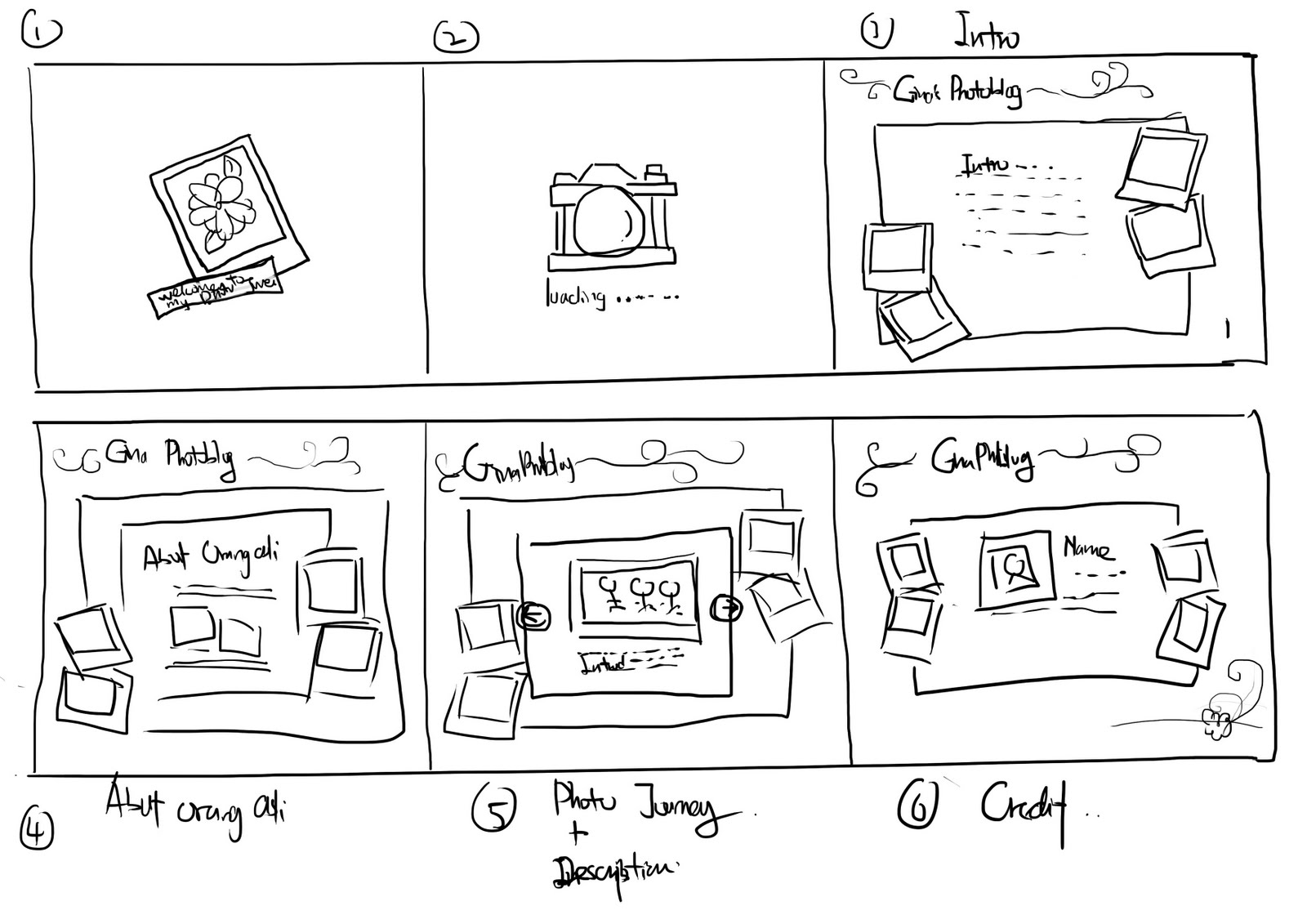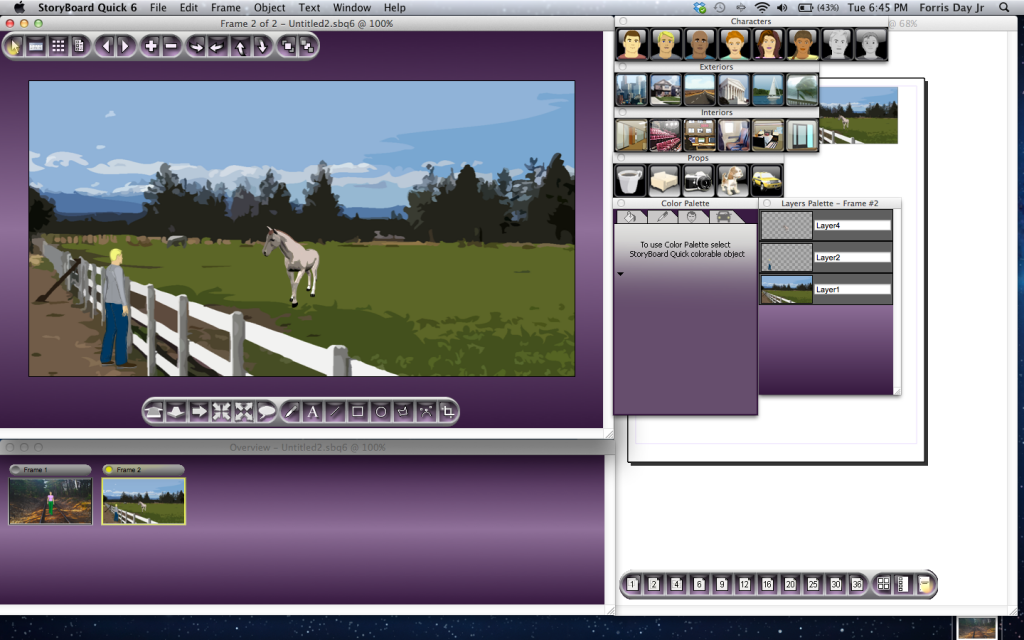

#Storyboard quick 6.1 reviews software#
By creating design guidelines with design patterns, rules, and roles, Storybook helps prevent code and design inconsistencies developing and deploying software products at scale. Storybook’s design systems bridge the gap between UX/UI designers, developers, and business stakeholders. Additional Resourcesīuild and Document React Components With StorybookĪ design system is a collection of reusable components that can be assembled together to build applications and act as a single source of truth for every person involved in the project. They also serve as a failsafe in case the changes you’ve made introduce bugs or issues to your code. Stories act as instructions that you give to your components.

This means that rather than changing elements in the DOM, Storybook updates the information a user sees based on the stories you’ve created. With Storybook, you can write multiple stories based on every change you want to make to your component. It also includes a button “Show code” that can be toggled to view the JSX and generate that particular element.Ī story shows how a UI component should look on your browser. In my instance, I selected Banner from the side navigation and clicked on docs, which directed me to This particular documentation view contains a summary of all of the various Banner stories that we defined in the previous steps and highlights their visual differences. Let’s revisit the Storybook instance and navigate to the component we just created. This is an example a documentation banner to highlight relevant reading This is what you need to get started with Storybook:īasic understanding of React, JavaScript, and TypeScriptĮxport default function Banner( If you follow this recipe, I’m sure you’ll get a tasty component. Now that you know about component-driven development and have seen the benefits of Storybook, let’s get cooking. Following this methodology, you can build modularly, starting with essential components and progressively combining them into complex screens and apps.Īdditionally, components enable you to use interchangeable pieces and swap them without affecting the application’s business logic, allowing you to take components apart and recompose them into different UIs as needed.

Storybook uses the component-driven development (CDD) methodology to create UI components. You don’t need to think about the other parts of your app because every component you build in Storybook lives in its own folder where there are files for implementation and testing.īuilding Your First Storybook Components for React With Storybook, each component is documented and accessible to others, preventing effort duplication.Ĭreates a living style guide: Storybook’s code templates are pieces of living code you can use and develop from, ensuring that developers don’t use mockups or similar fallible templates when building a web application.īuilds components in isolation: Developing in isolation ensures that you only focus on the component you’re building. Prevents you from duplicating effort: Sometimes, devs create a component only to find that there’s already something similar in the codebase. Simplifies component building: Storybook creates “stories” or small components that run independently and that you can then add to your application. Storybook has plenty of benefits for developers looking to build better components: It also helps with testing new configurations before users have the chance to interact with them.īut that’s not all. Storybook is a compelling, visual way to document UI components and design systems alongside React.īeyond that, it is an excellent tool for presenting technical documentation and demoing implementation details.


 0 kommentar(er)
0 kommentar(er)
